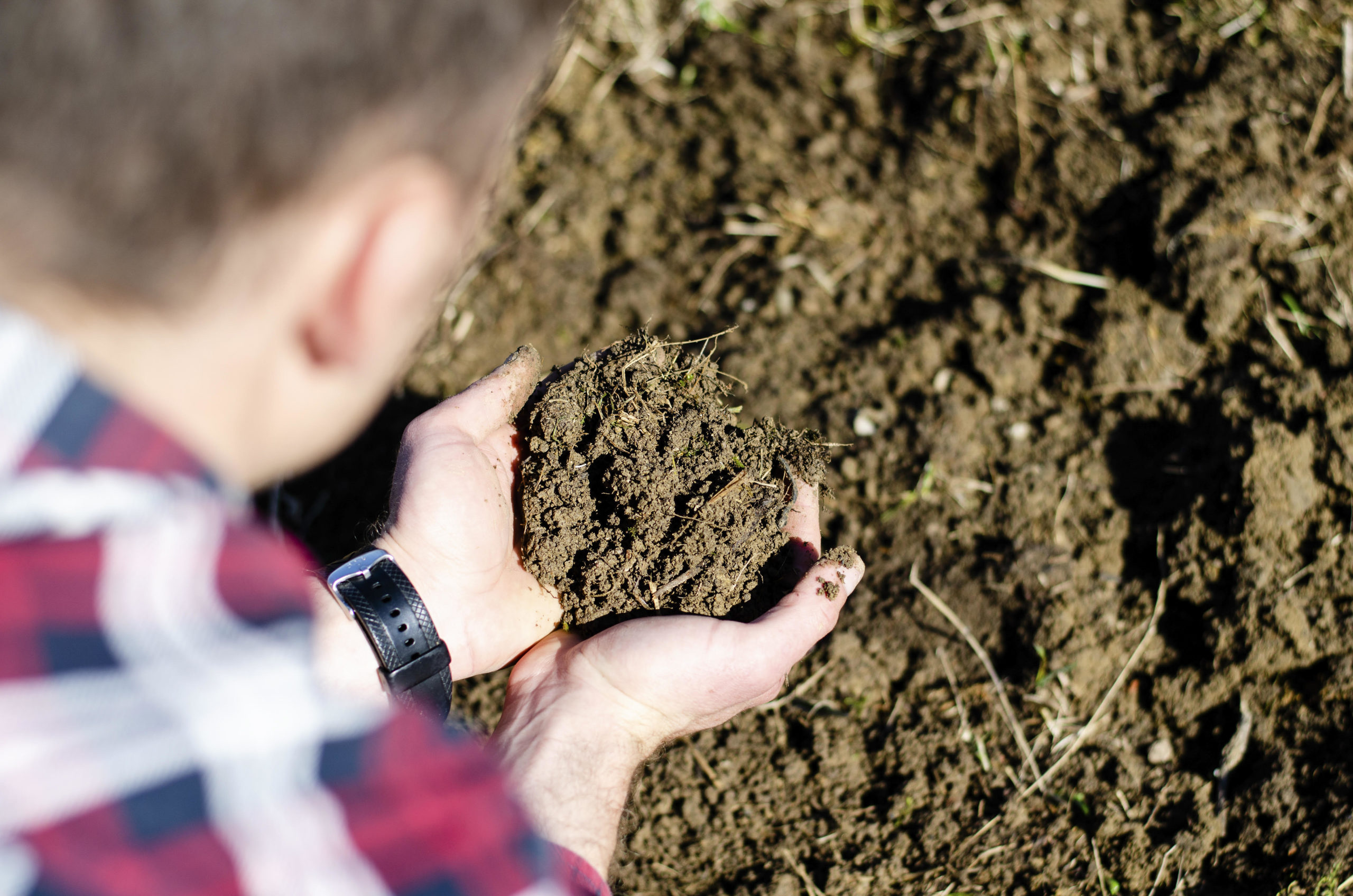Fueling Ag Sustainability Requires a Dramatic, Urgent Shift to Defend Against Chronic Drought and Reduce the Need for Phosphorus

Fueling Ag Sustainability Requires a Dramatic, Urgent Shift to Defend Against Chronic Drought and Reduce the Need for Phosphorus
By Yossi Kofman
Last week, I had the pleasure of hosting a roundtable discussion with innovators across agriculture at World AgriTech’s London event. The discussion proved that there is incredible opportunity to accelerate adoption of more sustainable tools and practices across mainstream agriculture – including through more collaborations that have a multiplier impact.
Clearly, agricultural productivity faces many challenges – stemming from dramatic environmental, economic and social pressures. Each is urgent, real and complex. According to the European Commission’s World Atlas of Desertification, more than 75 percent of Earth’s land is already degraded and at risk of desertification—and more than 90 percent could become degraded by 2050. Desertification and changing climate are projected to cause reductions in crop and livestock productivity, modify the composition of plant species and reduce biological diversity. Since the United Nation’s Intergovernmental Panel on Climate Change Report was released in August 2021, there have been increasingly more urgent calls for humanity to come together to reverse the impact we are collectively having on our planet.
Adjacent to climate threats on productivity – phosphorus mines are rapidly declining. In addition, policymakers in Europe and the U.S. have already sanctioned limits on the amount of phosphorus farmers are allowed to apply. Farmers must improve fertilizer absorption and reduce their dependance altogether.
At Groundwork BioAg, we know that mycorrhizae can access, unleash and mobilize legacy phosphorus already in soil into plant roots, reducing the need for new phosphorus application. Non-mycorrhizal corn plants, for example, absorb only 15% of phosphorus fertilizer while mycorrhizae-treated plants absorb up to 90% of already-existing phosphorus. Our farmers have found that mycorrhizae inoculants may reduce the need for chemical fertilization by up to 50%. This offers a strong – natural – option for farmers. And, yet we must respect that generations of farmers have depended on chemical fertilizers since the 1940s.
The Roundtable offered us a chance to share ideas and gain greater understanding of the complexities we all face. As the participants focused on how best to accelerate mainstream adoption of these regenerative tools and practices, two key themes emerged:
- Farmers are entrepreneurs and can lead the way – solutions must be more sustainable and profitable to accelerate adoption. We must remove barriers of entry and enable a farmer-led movement for regenerative ag.
- Collaborations are key and must be expanded – At the end of the day, more technology options are not the answer. As the best solutions rise above, we must band together to have the biggest impact through partnerships, stacks, information sharing and advocacy.
As the industry, governments and supporting partners continue to address these challenges, each of us – especially those who have a multiplier effect – must step up even more. As a start-up, our mission is to have a big global impact. Through our innovations and the ability to cover one million acres in 2021, Groundwork BioAg’s impact this year translates potentially to:
- More Food: 750 billion kcal in increased crop yields – enough to feed 685,000 people a year,
- Less Carbon: 55,000 metric tons of carbon directly sequestered by mycorrhizal fungi and roots – equivalent to a reduction in annual emissions from 12K cars,
- Cleaner Water: 1,760 tons of phosphorus fertilizer saved – equivalent to 30 percent of the annual phosphorus run-off from land-based sources into the Caribbean Sea,
- Drought Resistance: Improved crop resistance to climate stress (i.e., chronic drought) – equivalent to 1 percent of crop production saved (enough to feed 137,000 people for a year),
- Soil Remediation: increased ability to protect each acre from the threat desertification by restoring soil microbiome and rhizosphere.
As we continue discussing and debating solutions, we must also move with urgency and transparency to help fuel agricultural sustainability. No one of us has all the answers. Let’s start with what we know today. And keep going.
As the industrial agriculture revolution has been exhausted, I believe, innovations – like Groundwork BioAg’s – will be at the epicenter of the next agricultural revolution — the bio-agricultural revolution — and it will grow, as healthy plants do, from soil rich in mycorrhizae.

